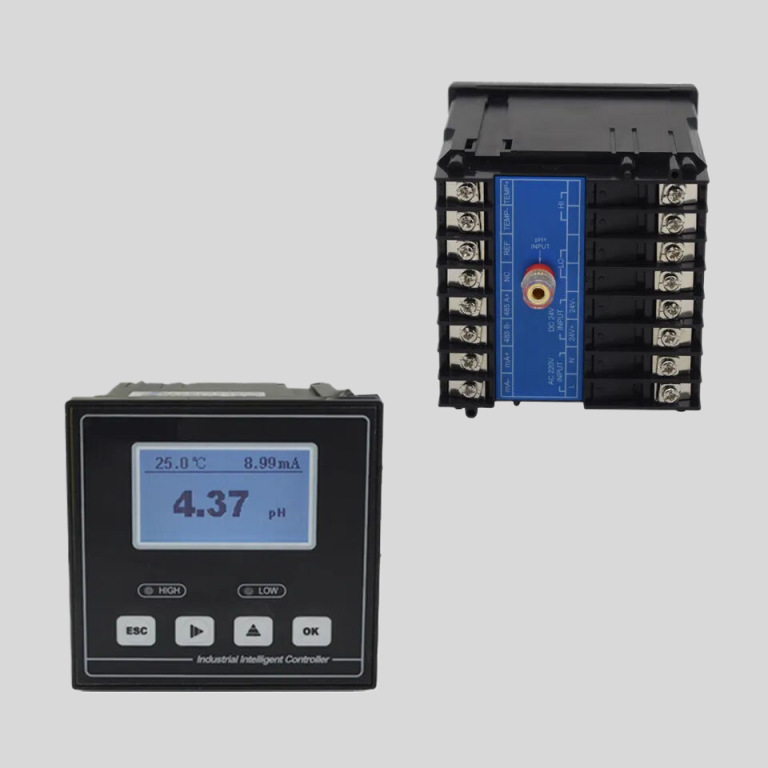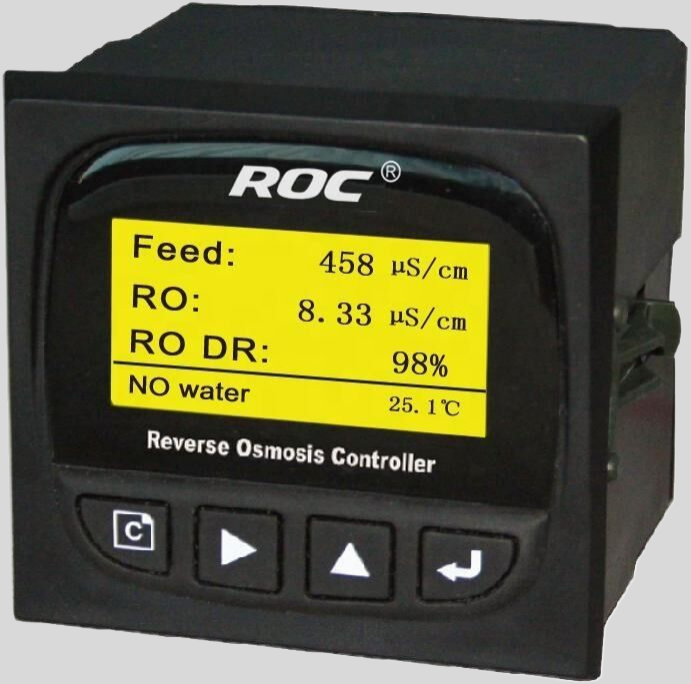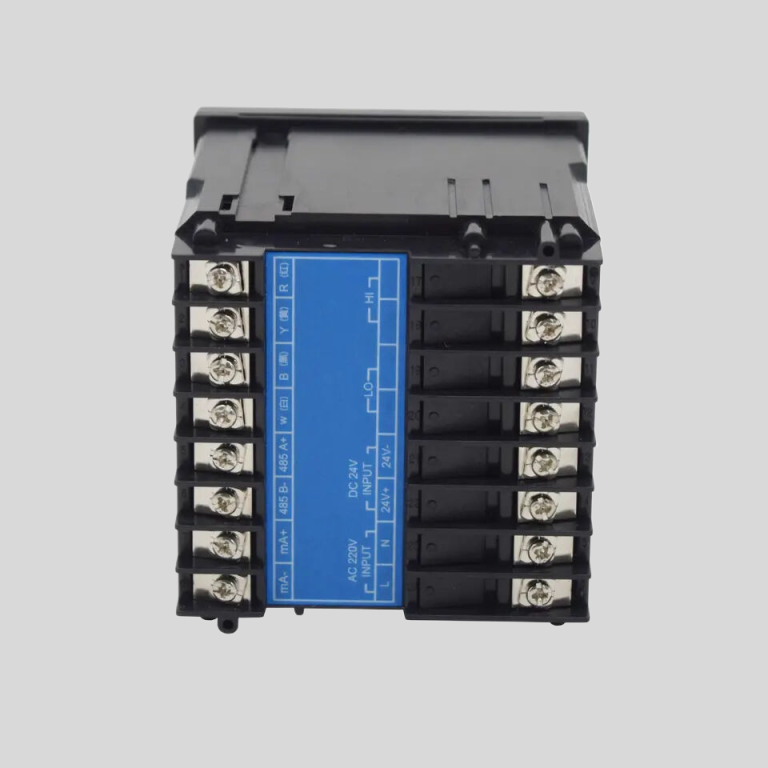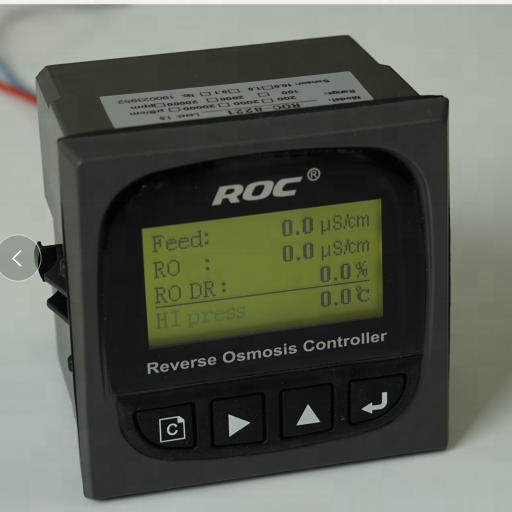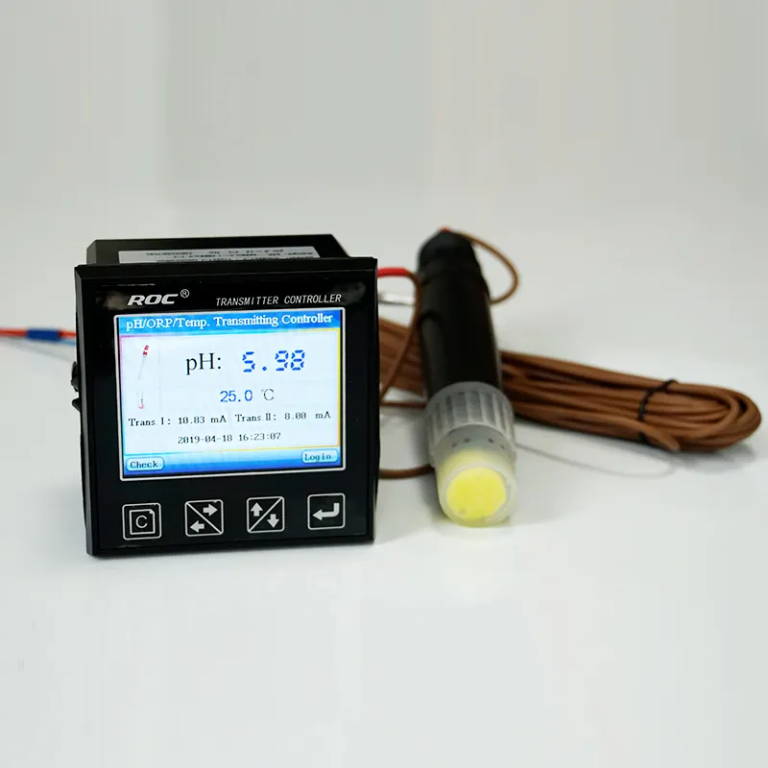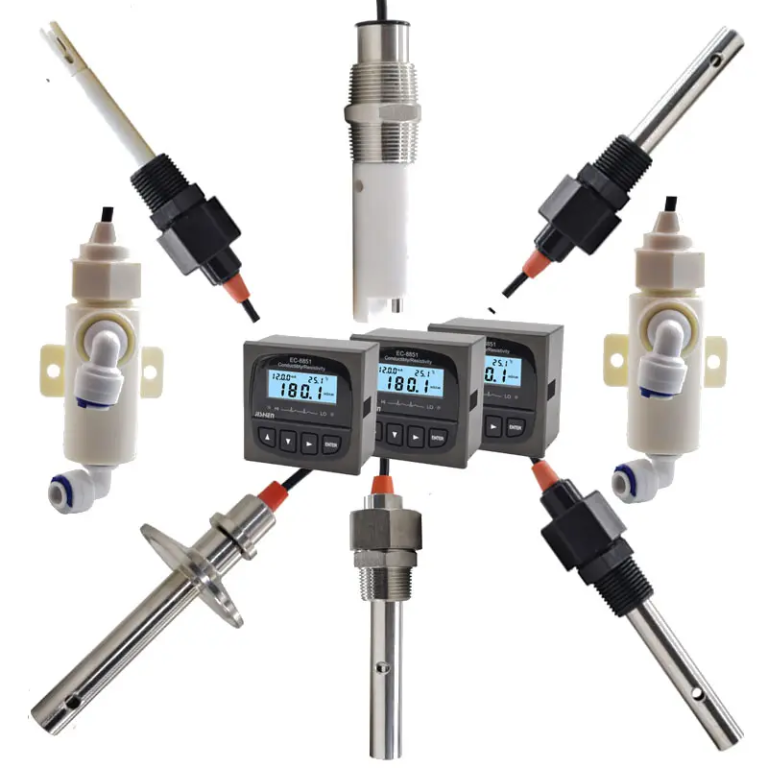Table of Contents
Understanding the Importance of Free Chlorine Levels in Pool Water Testing
When it comes to maintaining a clean and safe swimming pool, monitoring the levels of free chlorine is essential. Free chlorine is a crucial component in keeping pool water sanitized and free from harmful bacteria and contaminants. Understanding what free chlorine means on a test strip is vital for pool owners to ensure that their pool water is safe for swimming.
Free chlorine is the form of chlorine that is readily available to sanitize the pool water. It is the chlorine that is actively working to kill bacteria, algae, and other harmful organisms in the water. When you test your pool water using a test strip, the free chlorine level is one of the key parameters that you should monitor.
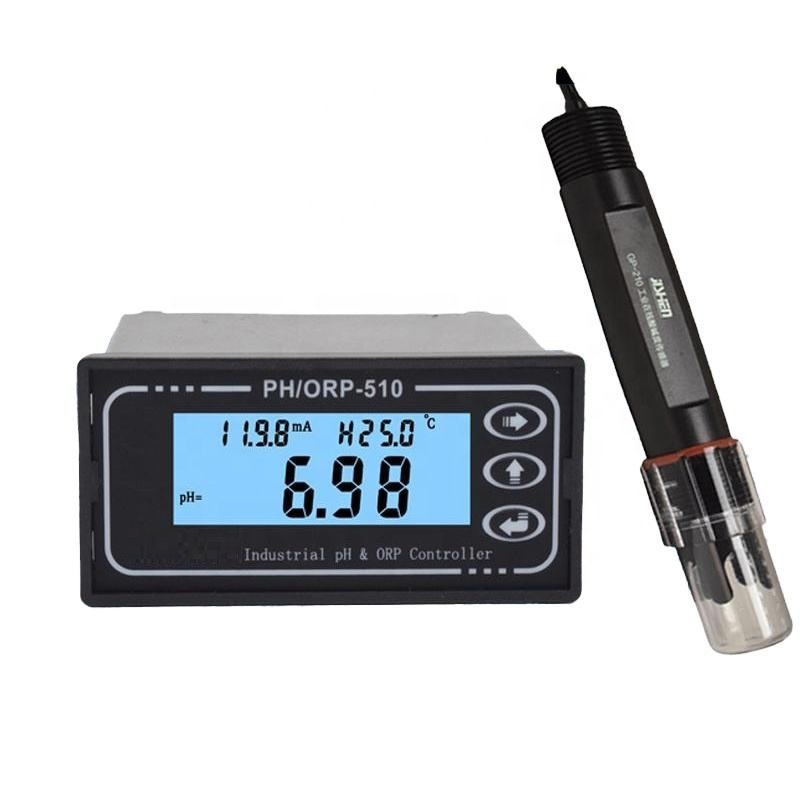
Test strips are a convenient and easy way to test the water quality of your pool. They typically measure the levels of free chlorine, total chlorine, pH, alkalinity, and other important parameters. When you dip a test strip into the pool water and compare the color changes to the chart provided, you can determine the levels of free chlorine in the water.
The free chlorine level in your pool should ideally be between 1.0 and 3.0 parts per million (ppm). This range ensures that the pool water is effectively sanitized without being too harsh on swimmers’ skin and eyes. If the free chlorine level is too low, bacteria and algae can thrive in the water, leading to cloudy and unsafe conditions. On the other hand, if the free chlorine level is too high, it can irritate swimmers’ skin and eyes and degrade pool equipment.
Maintaining the proper free chlorine level in your pool requires regular testing and adjustment. Factors such as sunlight, temperature, bather load, and rainfall can all affect the free chlorine levels in your pool. It is recommended to test your pool water at least twice a week and adjust the chlorine levels as needed to keep them within the optimal range.
When adjusting the free chlorine levels in your pool, you can use chlorine tablets, liquid chlorine, or granular chlorine. Follow the manufacturer’s instructions for the product you are using and be sure to wear protective gear such as gloves and goggles when handling chlorine products. It is also important to store chlorine products in a cool, dry place away from sunlight and other chemicals.
In addition to monitoring the free chlorine levels in your pool, it is also essential to maintain proper pH and alkalinity levels. The pH level of your pool water should be between 7.2 and 7.6, while the total alkalinity should be between 80 and 120 ppm. Keeping these parameters in balance will help the chlorine work more effectively and keep your pool water clean and clear.
In conclusion, understanding what free chlorine means on a test strip is crucial for maintaining a safe and healthy swimming pool. By regularly testing and adjusting the free chlorine levels in your pool, you can ensure that the water is properly sanitized and free from harmful contaminants. Remember to also monitor pH and alkalinity levels and follow proper safety precautions when handling chlorine products. With proper maintenance and care, you can enjoy a clean and inviting pool all season long.
How to Properly Use and Interpret Free Chlorine Test Strips
Free chlorine is a critical component in maintaining clean and safe water, whether it be in a swimming pool, hot tub, or drinking water. Free chlorine refers to the amount of chlorine available in the water to kill bacteria, viruses, and other harmful contaminants. It is essential to regularly test the free chlorine levels in your water to ensure that it is at the appropriate concentration for effective disinfection.
One common method for testing free chlorine levels is through the use of test strips. These strips are easy to use and provide a quick and accurate measurement of free chlorine in the water. However, it is important to understand how to properly use and interpret these test strips to ensure accurate results.
When using free chlorine test strips, it is crucial to follow the manufacturer’s instructions carefully. This typically involves dipping the test strip into the water sample for a specified amount of time and then comparing the color change on the strip to a color chart provided by the manufacturer. The color change indicates the concentration of free chlorine in the water.
It is important to note that free chlorine test strips measure the concentration of both hypochlorous acid (HOCl) and hypochlorite ion (OCl-) in the water. These are the two forms of free chlorine that are responsible for disinfection. The total free chlorine concentration is the sum of these two forms.
Interpreting the results of a free chlorine test strip can be a bit tricky, as the color change on the strip may not always match exactly with the color chart. In these cases, it is best to use your best judgment to determine the closest match. It is also important to consider the range of free chlorine concentrations that are appropriate for the specific application. For example, swimming pools typically require a free chlorine concentration of 1-3 parts per million (ppm) for effective disinfection.
It is also important to consider other factors that may affect the accuracy of free chlorine test strip results. For example, high levels of cyanuric acid (CYA) in swimming pool water can interfere with the test strip’s ability to accurately measure free chlorine levels. In these cases, it may be necessary to use a different testing method or adjust the test strip results accordingly.
| Model | CM-230S Ecomonical conductivity monitor |
| Range | 0-200/2000/4000/10000uS/cm |
| 0-100/1000/2000/5000PPM | |
| Accuracy | 1.5%(FS) |
| Temp. Comp. | Automatic temperature compensation based on 25\u2103 |
| Oper. Temp. | Normal 0\uff5e50\u2103; High temp 0\uff5e120\u2103 |
| Sensor | Standard:ABS C=1.0cm-1 (others are optional) |
| Display | LCD Screen |
| Zero Correction | Manual correction for low range 0.05-10ppm Set from ECO |
| Unit Display | uS/cm or PPM |
| Power | AC 220V\u00b110% 50/60Hz or AC 110V\u00b110% 50/60Hz or DC24V/0.5A |
| Working Environment | Ambient temperature:0\uff5e50\u2103 |
| Relative humidity\u226485% | |
| Dimensions | 48\u00d796\u00d7100mm(H\u00d7W\u00d7L) |
| Hole Size | 45\u00d792mm(H\u00d7W) |
| Installation Mode | Embedded |
In conclusion, free chlorine test strips are a convenient and effective way to measure the concentration of free chlorine in water. By following the manufacturer’s instructions carefully and considering other factors that may affect the accuracy of the results, you can ensure that your water is properly disinfected and safe for use. Regular testing of free chlorine levels is essential for maintaining clean and safe water, so be sure to incorporate this important step into your water maintenance routine.

